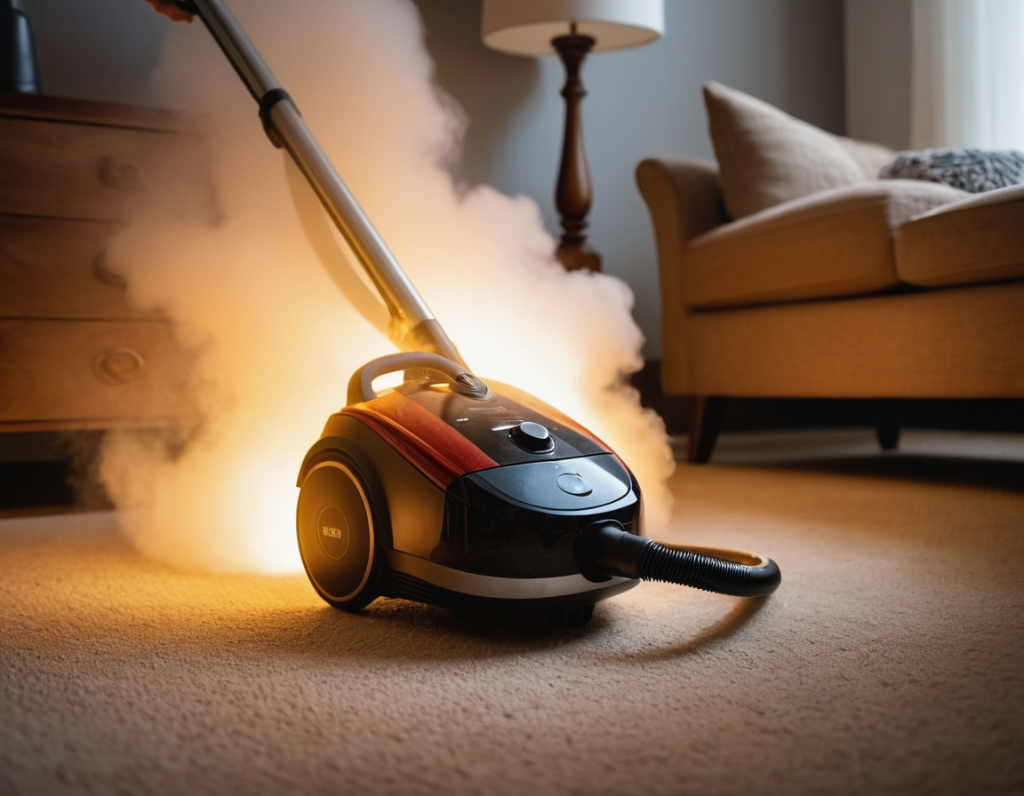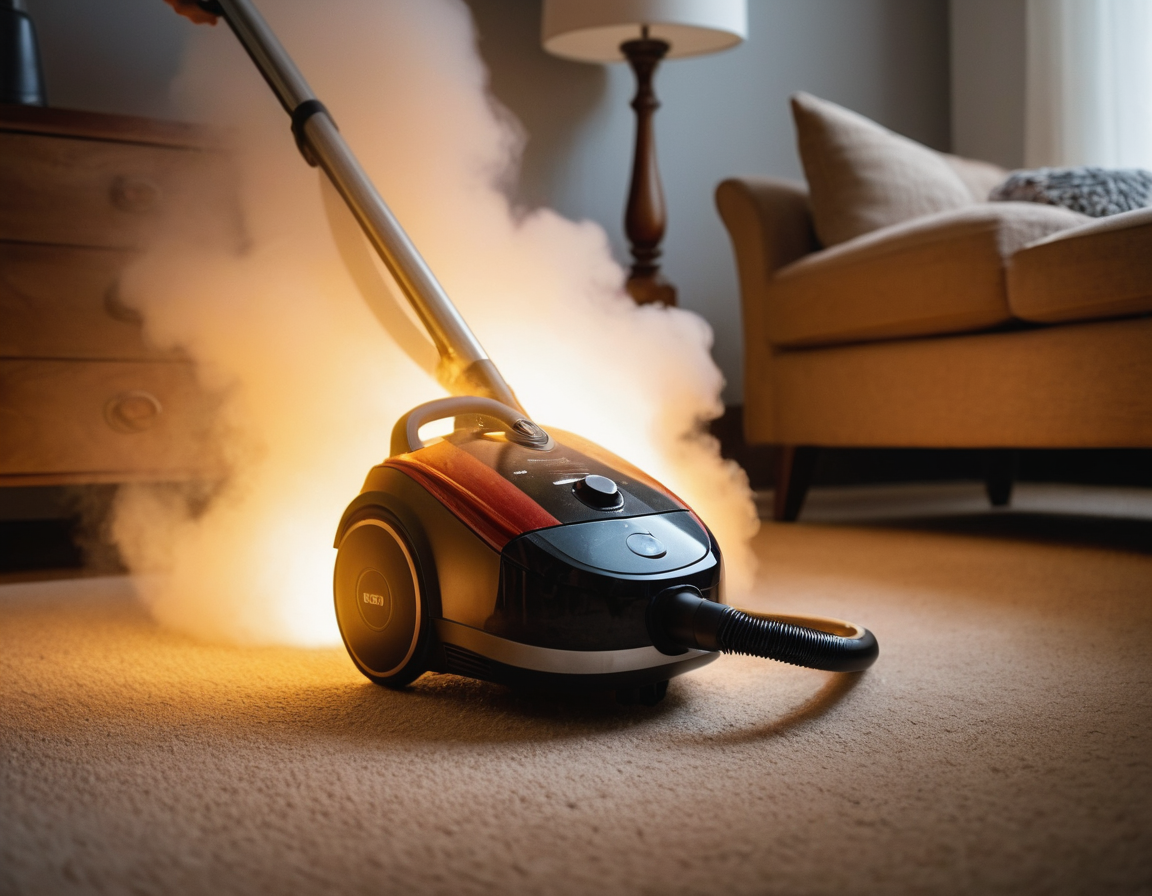Vacuum cleaners are essential household appliances that help maintain a clean and healthy environment. However, they can sometimes become clogged with debris, hair, or other obstructions, leading to reduced suction power or even complete loss of function. This troubleshooting guide will walk you through the process of unclogging various types of vacuum cleaners, including central vac systems, and provide tips on preventing future clogs.

Understanding Vacuum Cleaner Clogs
Vacuum cleaner clogs typically occur due to:
- Large or sharp debris : Objects like coins, paper clips, or small toys can lodge in the hose, pipe, or brush roll, causing blockages.
- Hair and fibers : Long hair, pet fur, or clothing fibers can wrap around the brush roll or tangle in the hose, reducing airflow and eventually creating a complete blockage.
- Overuse on specific surfaces : Vacuuming large amounts of debris from carpets or rugs with deep pile can cause clogs due to the volume of material trying to pass through the hose at once.
Unclogging Different Types of Vacuum Cleaners
1. Upright, Canister, Stick/Handheld, and Wet/Dry Vacuums
- Identifying the clog : Begin by inspecting the vacuum’s wand, hose, and brush roll for signs of blockages.
- Unclogging the hose and wand : If you find a clog in the hose or wand, follow these steps:
- Turn off and unplug the vacuum cleaner.
- Disconnect the hose from the vacuum’s body (for upright vacuums) or remove it from its storage compartment (for canister vacuums).
- Inspect the hose for kinks, twists, or debris buildup.
- Straighten any kinks and use a pair of scissors to cut away excess hair, fibers, or other obstructions.
- If you encounter a stubborn clog, try using a flexible bottle brush or a wire coat hanger (bent into shape) to dislodge the debris. Work gently from both ends of the hose towards the middle.
- Once the clog is removed, use compressed air (if available) to blow through the hose and wand to ensure any remaining particles are dislodged.
- Unclogging the brush roll : If hair or fibers have wrapped around the brush roll:
- Turn off and unplug the vacuum cleaner.
- Remove the brush roll from its compartment, if possible (consult your owner’s manual for specific instructions).
- Use a pair of scissors to carefully cut away excess hair and fibers, taking care not to damage the roller or bristles.
- Clean the brush roll using a soft-bristled brush or an old toothbrush dipped in warm, soapy water. Rinse and dry thoroughly before reattaching it.
- Clearing the filter : Check your vacuum’s filter for blockages caused by dust and debris. Follow your owner’s manual instructions to clean or replace the filter as needed.
2. Central Vacuum Systems
Central vac systems can also suffer from clogs, typically in the pipes leading to the collection unit or power unit (where the motor is located).
- Identifying the clog : Begin by turning on the central vac system and checking for reduced suction at various wall outlets.
- Unclogging the pipes :
- Manual method : If you suspect a blockage in the pipes, you can attempt to dislodge it using the following steps:
- Locate the pipe’s access points, usually near the collection unit or power unit.
- Remove the cover or lid to expose the opening of the pipe.
- Insert a flexible bottle brush or a long, thin wire (like a coat hanger) into the pipe and gently work it back and forth to break up and dislodge the clog. You may need to use a flashlight or mirror to see inside the pipe.
- Professional cleaning : For stubborn clogs in central vac systems, consider hiring a professional technician who has specialized tools designed to clear blockages effectively.
- Manual method : If you suspect a blockage in the pipes, you can attempt to dislodge it using the following steps:
Preventing Future Clogs
To minimize the risk of vacuum cleaner clogs, follow these tips:
- Regularly inspect and clean your vacuum’s hose, wand, filters, and brush roll according to the manufacturer’s guidelines.
- Avoid vacuuming large amounts of debris or heavy dust at once; break up the task into smaller sections.
- Use a vacuum with adjustable suction settings for delicate surfaces like hardwood floors or area rugs with intricate designs.
- Keep your vacuum cleaner in good working order by replacing worn-out belts, brush rolls, and other parts as needed.
- For central vac systems, consider installing a filter at the collection unit to capture large debris particles before they reach the pipes.
By understanding why clogs happen and following the appropriate troubleshooting steps for your specific vacuum cleaner type, you can effectively unclog your appliance and restore its full functionality. Regular maintenance and preventive care will help ensure that your vacuum cleaner remains clog-free for years to come.

